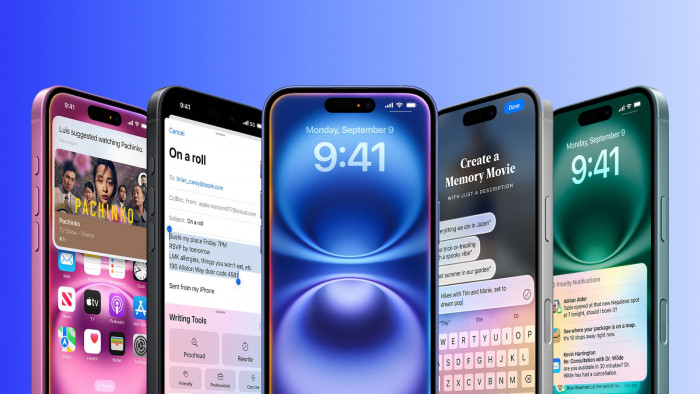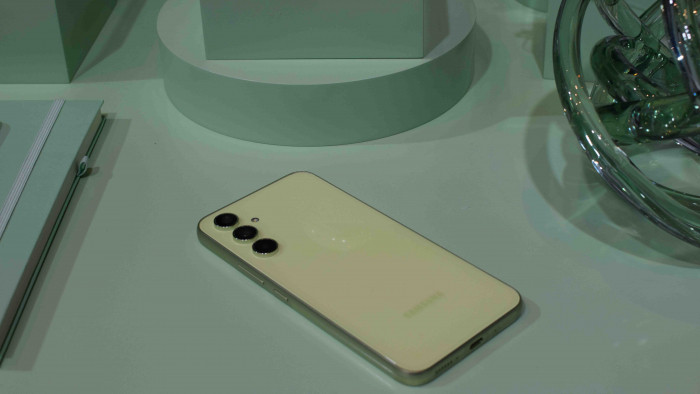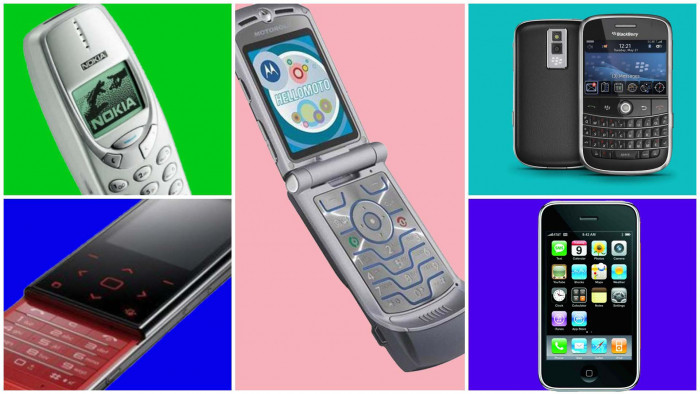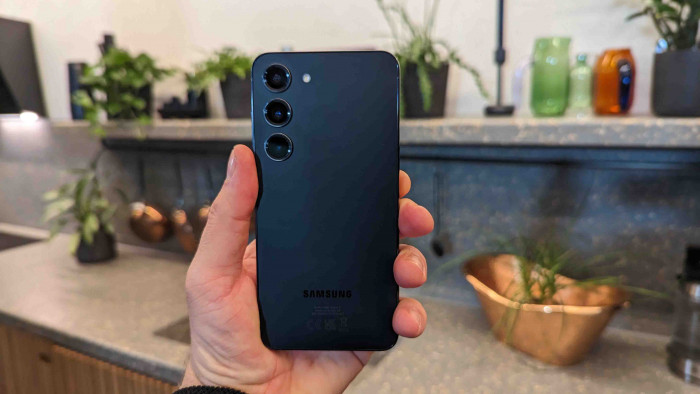Your smartphone is making you miserable (and ruining your back)
You'll want to sit up straight for this


In September 2014, New Zealand physiotherapist Steve August coined the term iHunch - a catch-all for the poor posture often adopted when poring over smartphones, tablets and laptops.
While the term sounded as temporary as a millennial trend, August was adamant that in his 30 years of treating patients with poor posture, he was noticing a growing number of "dowagers’ humps" - where the upper back freezes into a forward curve, often seen in grandmothers and great-grandmothers - in teenagers. And now Harvard Business School lecturer Amy Cuddy has written in the New York Times to suggest that not only is an obsession with tech ruining many people's postures, it's also having a negative impact on their mood.
Cuddy writes that humans have a noticeable link between body position and mood - with posture having the ability to both reflect and cause shifts in emotions.
"When we’re sad, we slouch," she writes. "We also slouch when we feel scared or powerless. Studies have shown that people with clinical depression adopt a posture that eerily resembles the iHunch. One, published in 2010 in the official journal of the Brazilian Psychiatric Association, found that depressed patients were more likely to stand with their necks bent forward, shoulders collapsed and arms drawn in toward the body."
She goes on to list severalother studies that link a "negative" body posture, with hunched shoulders and slumped head, to overall feelings of emotional fear and distress. Her own work at Harvard with Maarten W. Bos found that subjects given to adopting the slouched iHunch position when using a smartphone lacked assertiveness.
The cure? Cuddy doesn't suggest ditching your smartphone any time soon, but rather that you might need to get drastic with the posture you adopt when using a device: "Keep your head up and shoulders back when looking at your phone, even if that means holding it at eye level. You can also try stretching and massaging the two muscle groups that are involved in the iHunch - those between the shoulder blades and the ones along the sides of the neck."
It's worth noting that humans have been interacting with objects that could encourage "hunched" posture long before the advent of the smartphone: books, papers and magazines all have the potential to get you stooping. It's just worth noting that as smartphones find more uses in our life than ever, we should actively work against bad posture habits.








